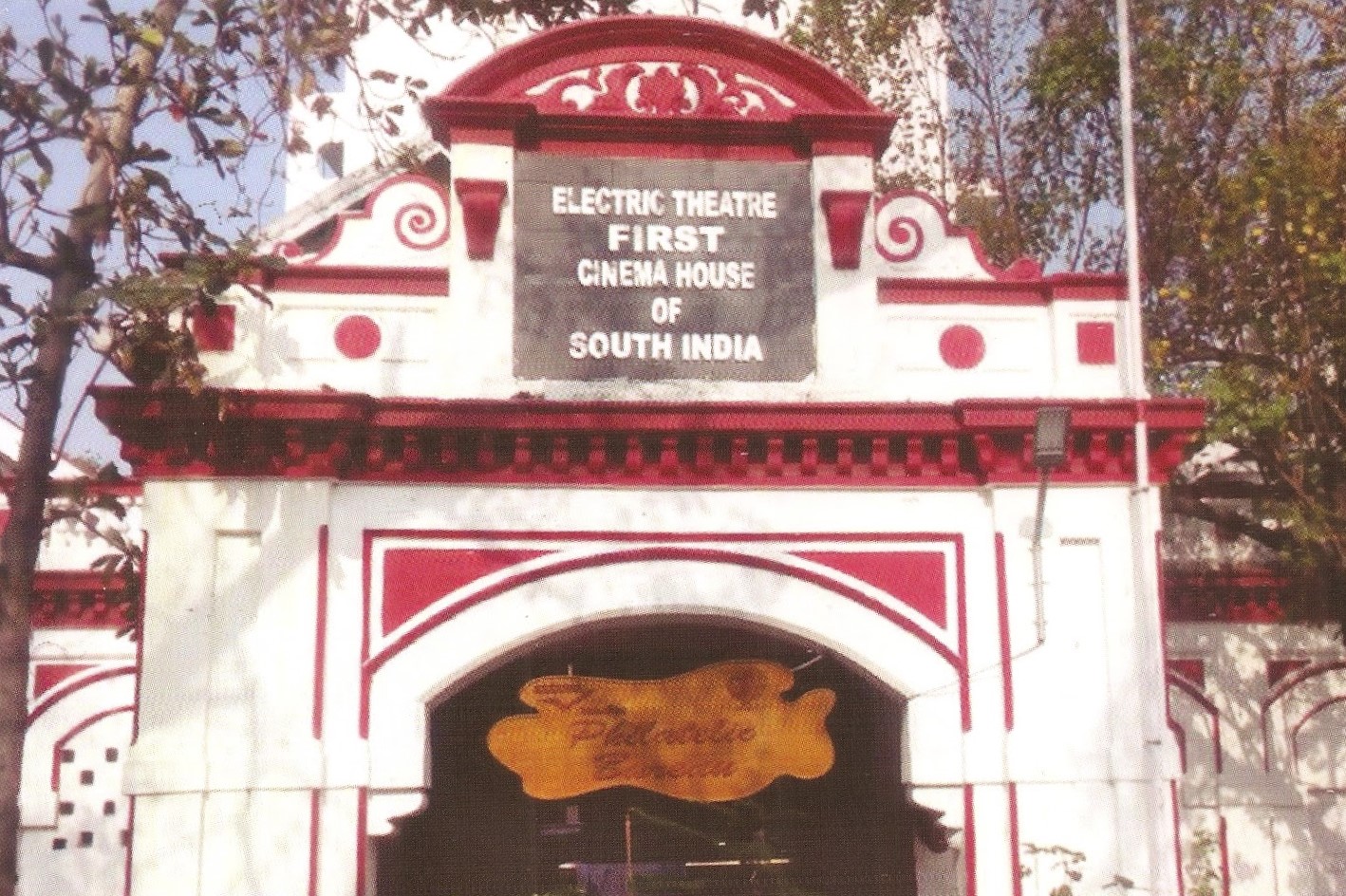The evolution of various concepts and systems around us has always challenged my curiosity. I came across a write up that unearthed the very first theatre in South India! Little did I realize
There were other makeshift theatres functioning on an off at venues in Madras such as Victoria Public Hall, Museum theatre and even tents on the Esplanade! However, this was the first permanent seating arrangement in a well-conceived hall in Madras. Interestingly, this theatre located on Popham's Broadway was called Bioscope! Started by an Anglo Indian called Mrs. Klugs, it regularly screened a number of short silent films at each show. Unfortunately, the theatre didn’t survive for want of patrons and was shut down in4 just a few months.
Madras had to wait till 1913, for its next cinema theatre, the ‘Electric', owned by Warwick Major and Reginald Eyre. By this time, ‘animated photographs’ (as motion pictures were called then) had entered the silent era and had developed a smoother running display. ‘Electric’ theatre was “a large corrugated iron shell with a brick façade” in what is now the Mount Road Post Office campus. The shell developed into a more ornate building that still survives but was acquired by the Post and Telegraphs Department in 1915, bringing to an end its brief cinema history. In recent years, the façade of the building and a part of its interior have been restored and serve, since 1998, as the city's Philatelic Bureau, where exhibitions are a regular feature.
Misquith & Co (the forerunner of Musee Musicals) in 1907 opened on its first floor a hall for entertainment called the ‘Lyric' by Mr. Cohen. In a challenge to the ‘Electric', he started screening silent films there in 1913. A fire in 1914 paid obeisance to Cohen's hopes of being a successful challenger. The fire also led to the building being sold to J.F. Madan of Calcutta who at the time ran the largest cinema theatre chain in India. In 1915 he opened the ‘Elphinstone' (almost Madan's brand) Theatre there — the first with a balcony in South India — and with it the cinema theatre was to become a major feature of life in Madras. Thus came in the coveted Balcony class in Madras. This feature remained consistent across India until late 2000 with the advent of multiplexes, multi-screen theatres with small auditoriums but many shows.
Even before the ‘Elphinstone' opened, Madras got its first Indian-owned theatre, the ‘Gaiety' – which survived till just a few of years ago — kitty corner to the west of the ‘Electric'. Film pioneer Raghupathy Venkaiah who built it opened two more theatres in the next three years, the ‘Crown' (1916) and the ‘Globe' that became the ‘Roxy' (1917). Both buildings were also pulled down few years ago. From these beginnings — and with the advent of talkie era — cinema theatres in Madras began to increase.
The names of theatres of those times are equally fascinating. From Broadway, Regal, Plaza, Imperial, Roxy, Odeon, Westend and the most awe-inspiring and relatable being Bioscope, the first theatre of Madras. Cinema hall - the only place where each member of the audience is equal and entertained with the same vigor with moving images in the dark, irrespective of his caste, creed, religion, sect or economic status. A feeling of unison and individuality both at the same time. All I can say is – Thank You Mrs. Klugs for introducing us Madrasis to this potential medium!
Vijay Viswanathan
Mentor & Acting Coach

